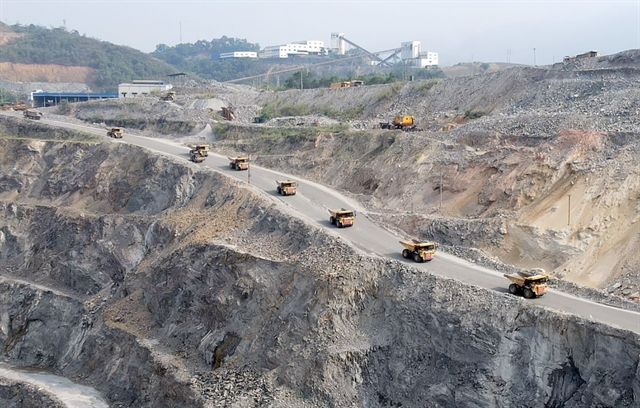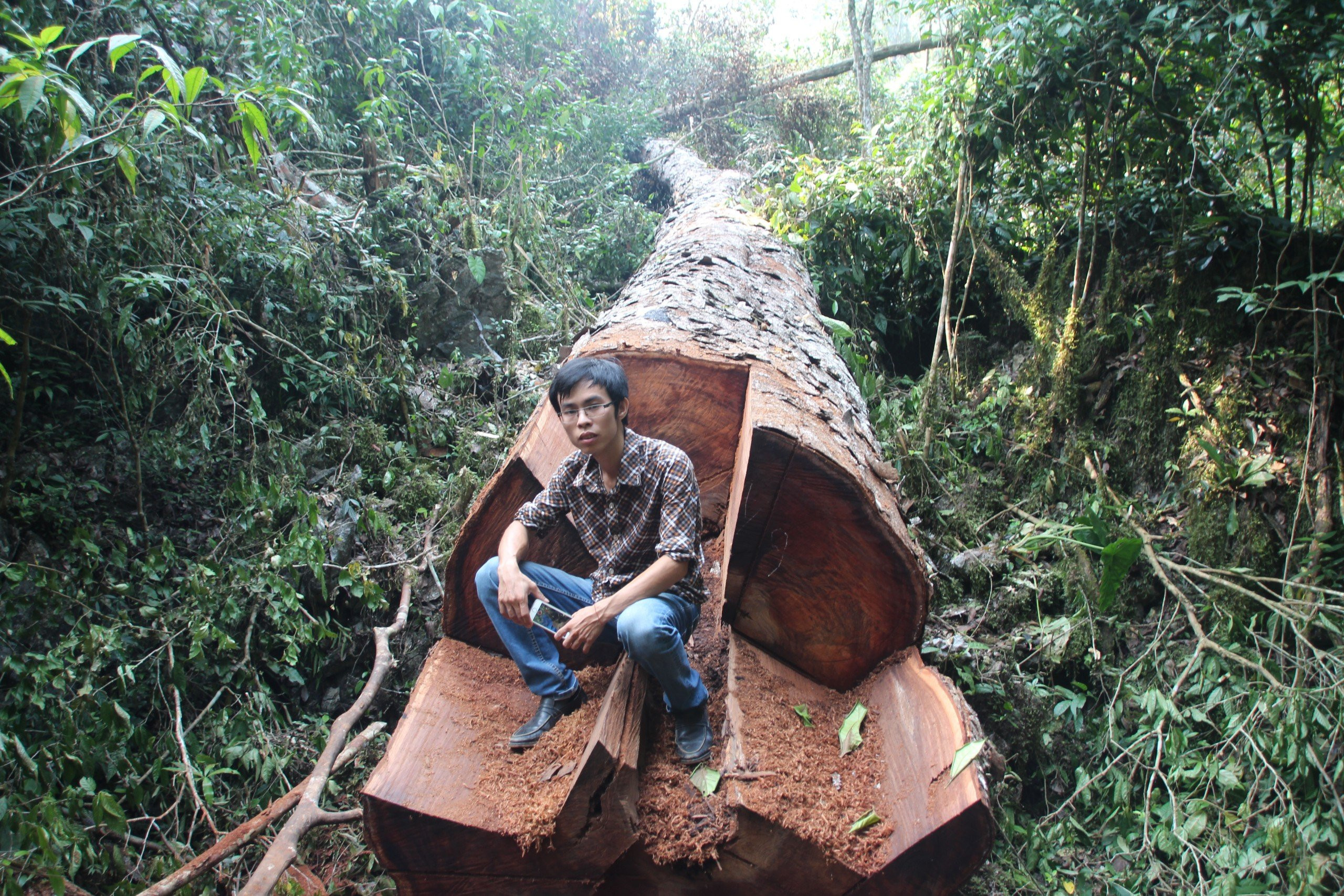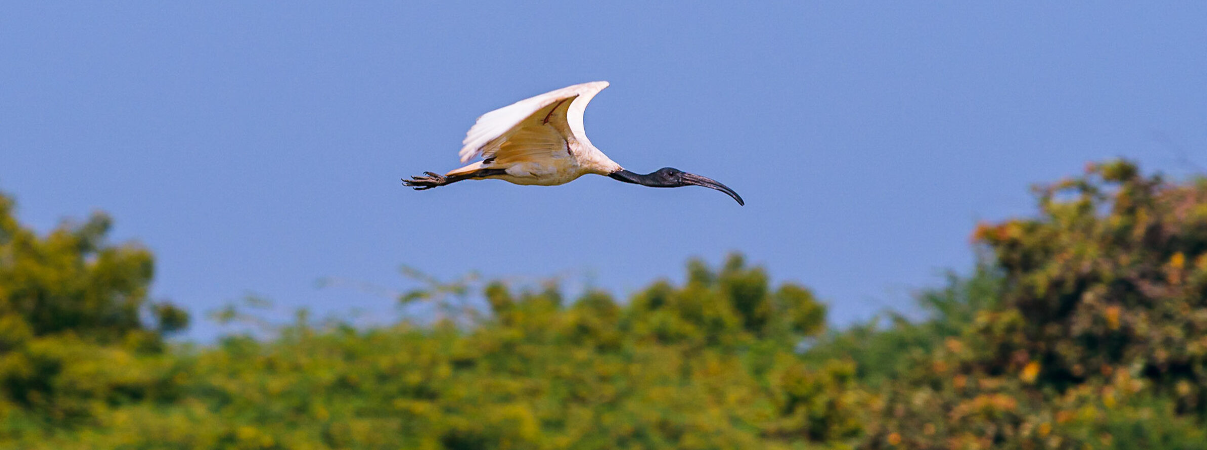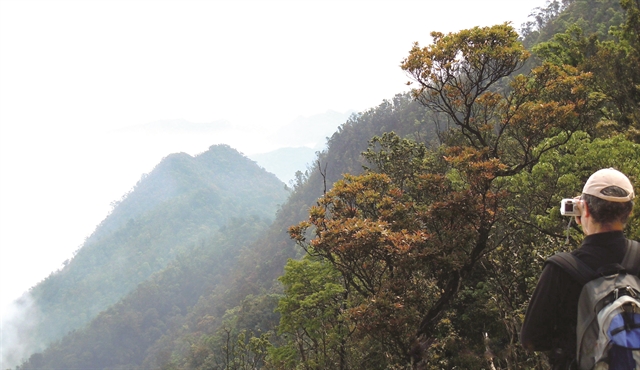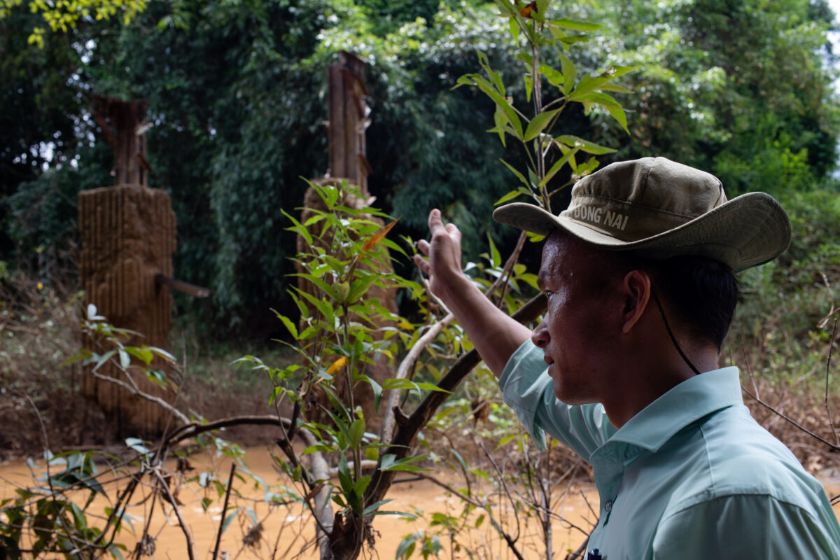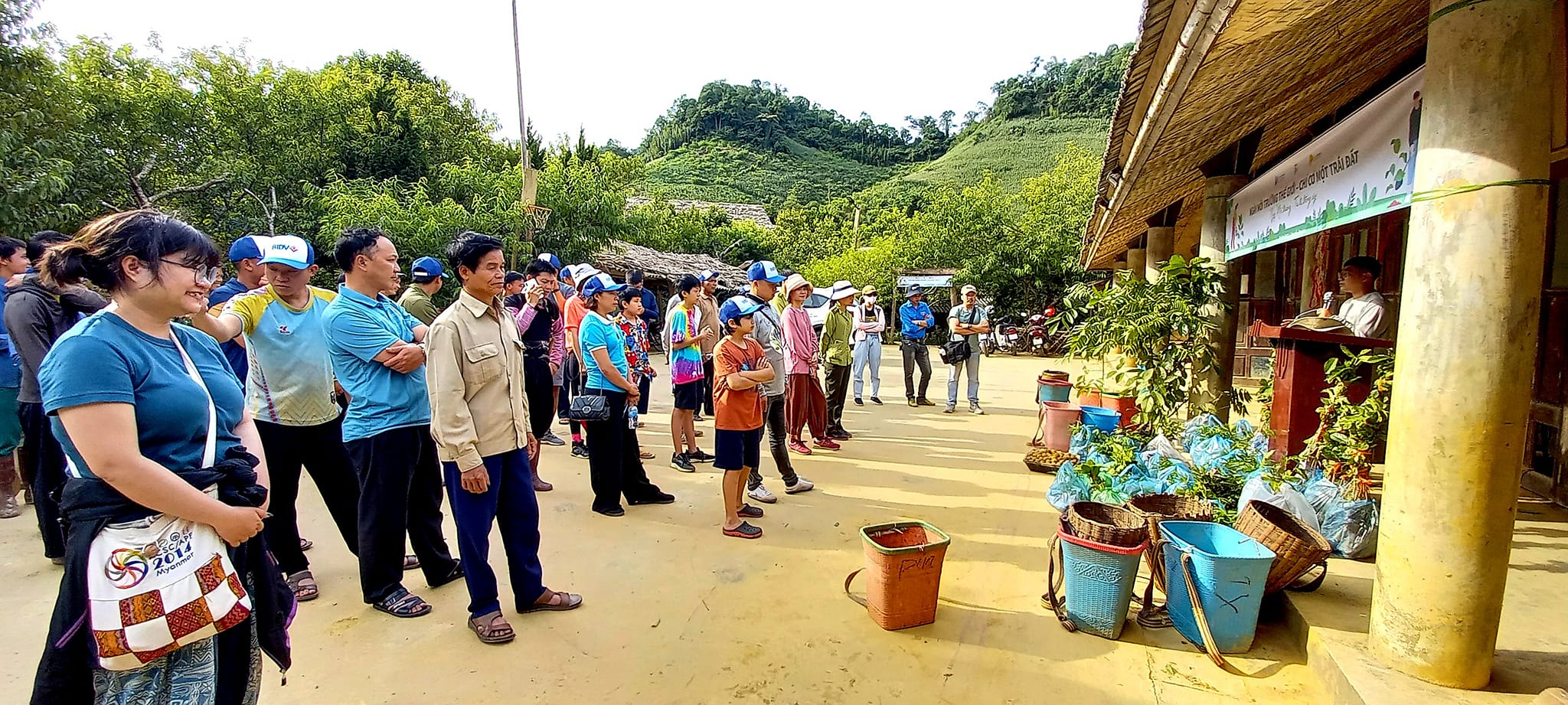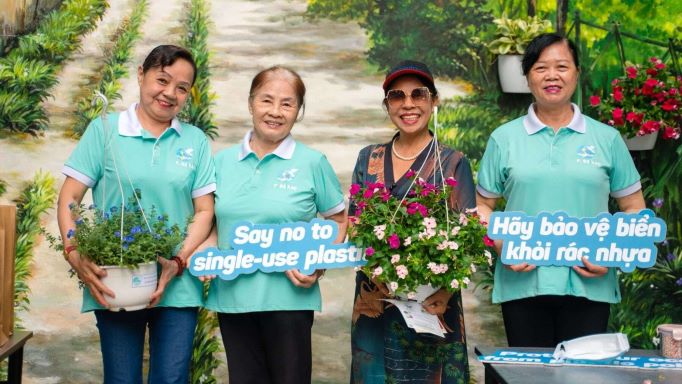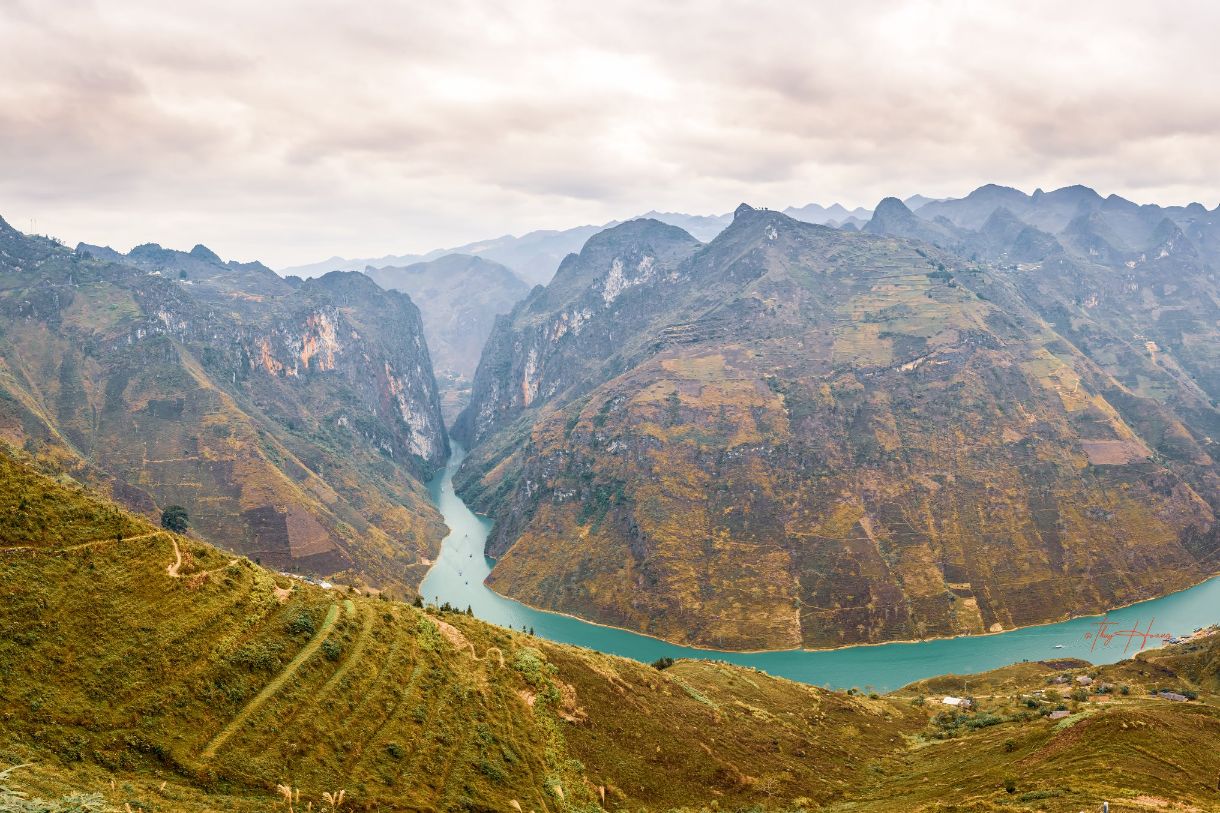No construction work has followed the decision, and the issue went largely unnoticed until August, when Trinh Le Nguyen, executive director of the environmental NGO People and Nature Reconciliation (PanNature), began writing about it on Facebook.
In a post dated Aug. 11, Nguyen noted that Tien Hai is part of the broader Red River Delta Biosphere Reserve. Established in 2004, the biosphere reserve spans 137,261 hectares (339,179 acres), including a core area, buffer zone and transition zone across terrestrial and marine areas.
“The core area, the heart of the biosphere reserve, includes Tien Hai Nature Reserve and Xuan Thuy National Park,” Nguyen wrote.


